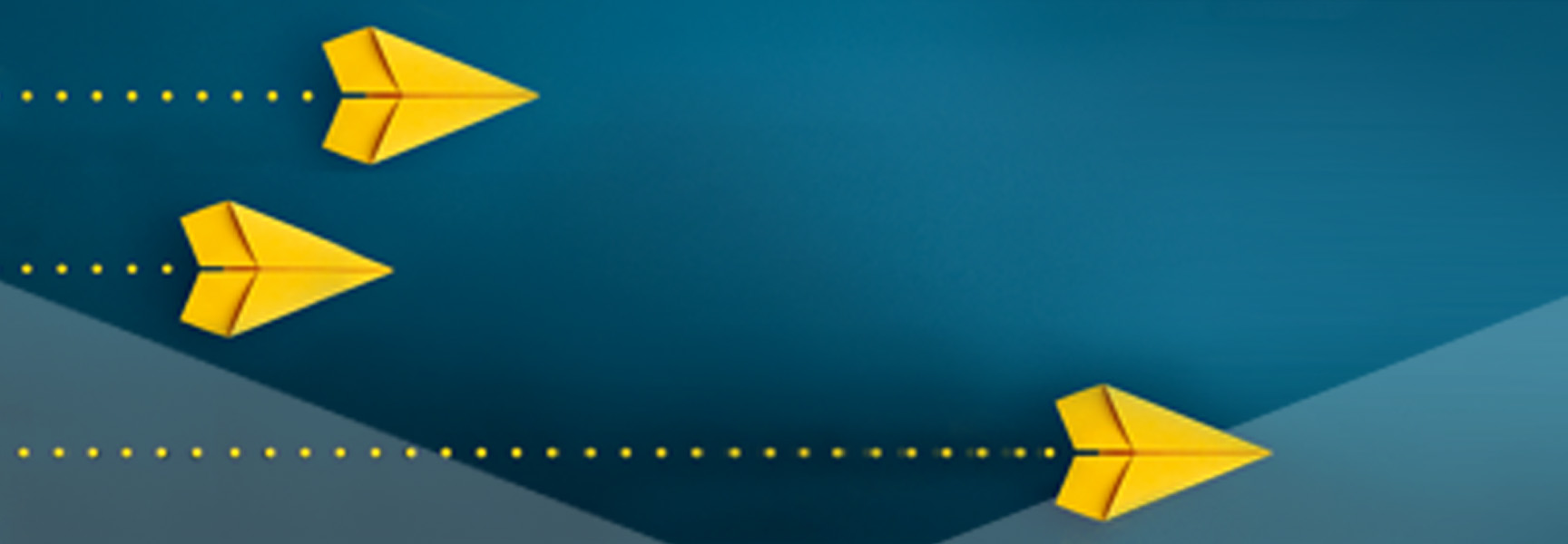Up your sales game.
Level Set
Let’s hit the pause button for a second. Ask yourself: What’s the game plan? What’s the goal? And what’s keeping you from making it happen?
Enable
You need the right foundation—information, content, tools, and a boost of confidence. Give salespeople the support they need to connect with customers in a big way.
Inspire
Money only gets you so far. Salespeople are driven by emotion. Challenge them, reward them—then watch them deliver results.
Level Up
Measuring progress is key to getting better. Take a look at what’s working and what isn’t, and use that data to keep raising the bar.
Motivate your sales team.
The stars of your salesforce are easy to motivate. Not a huge surprise. But what about the new hires finding their footing? Or those solid, middle-tier performers who could do so much more with the right nudge? That’s where we come in.
We’re your go-to partner for tackling sales challenges head-on. With a mix of behavioural science and data-driven insights, we create tools and programs designed to motivate, educate, and reward your entire sales team in ways that actually work.
Tailored incentive programs. Learning solutions. Travel incentives. Gamification. We help you design the most creative strategies that go beyond compensation plans. Together, we’ll help your team think bigger, push harder, and, most importantly, sell more.
Solutions

Sales Incentive Programs
We craft strategic, engaging incentives to drive maximum impact without blowing your budget. Transform your sales team from good to great with rewards that matter.

SalesMaker
Sales contests should motivate. Turn the energy into results that impact your bottom line.

Travel Incentives
Reward your team with priceless memories, meticulously planned individual travel packages or unique experiences for those who prefer to choose their own adventure.

Sales Gamification
Harness the power of gamification to engage your customers, employees, and partners to do more within the systems that matter to your business.

Sales Team Learning and Development
Engaged learners perform better. So, why not build the kind of learning that fuels that engagement?

Sales Events
Inspire your team with expertly coordinated meet-ups, custom-crafted every time.
Proof that motivated people sell more.
-

Unlocking success in the economy beer market
A large beer manufacturer aimed to gain market share in the Economy beer segment by motivating Distributor Sales Representatives (DSRs) to set up retail displays. Using a rewards-based incentive platform, DSRs submitted display claims and earned points. The program led to a significant increase in claims, doubling the number of cases sold and achieving a 4:1 ROI. Discover the full story and results in our case study.Learn More -

Optimizing sales contests and SPIFFs for maximum impact
A leading biopharmaceutical company questioned the effectiveness of their sales contests and SPIFF programs. Our Decision Sciences team analyzed their data, uncovering key insights that led to a smarter approach to sales motivation. Discover how data-backed strategies transformed their incentive programs and drove sales success.Learn More
Thought Leadership
Learn from the best. BIW thought leaders bring you a deeper look at the business of inspiration.
-

Article
How to overcome obstacles to sales contest design
Sales organizations of all shapes and sizes run sales contests, incentives, or SPIFFs, also known as a Sales Performance Incentive Fund (sometimes written as SPIF or SPIV), on a regular basis. They may seem like a simple way to motivate your team to sell more of a new, underperforming, or lagging product, but designing one […]
-

Article
Using biases to change behaviour and increase sales performance
What is a behaviour and how does it happen? According to the Fogg Behaviour Model, a behaviour happens when motivation, ability and prompt come together at the same moment. Motivators and prompts are well-documented tools that BI WORLDWIDE Canada helps clients to deploy, but what about ability? Behaviour = Motivation + Ability + Prompt The Fogg […]
-

Article
What is sales incentive management?
Looking to build a high-performing sales team? For most sales organizations, this is a common goal. Strong salespeople close more deals and generate bigger profits. Motivated salespeople are always driven to do better and sell more. Happy salespeople are likely to stay loyal to you as an employer and continue to bring in great results. Yet, […]
